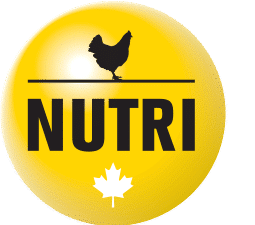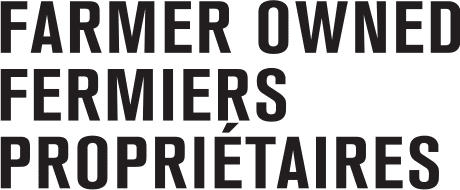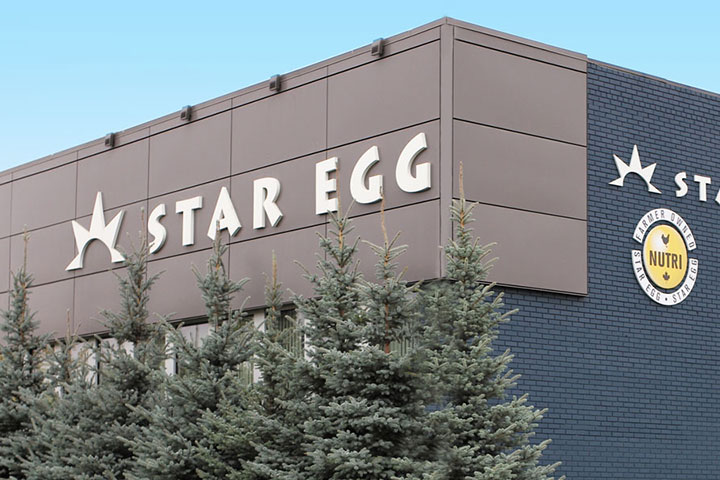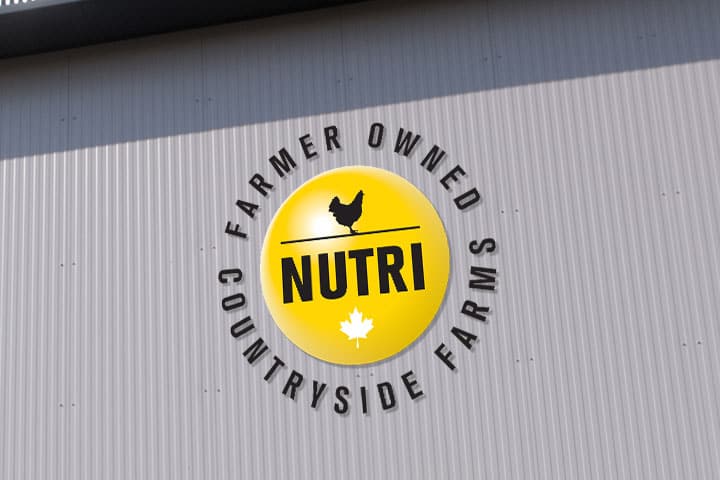Canadian egg farmers offer many egg options, all following the same high standards. No matter which type of egg you go for, they’re all delicious and nutritious choices.
- Regular eggs with white or brown shells come from hens housed in small groups with easy access to food and water.
- Enriched eggs contain more of a particular nutrient (e.g., vitamin D or omega 3) due to the laying hen’s diet.
- Organic eggs come from hens raised in free-range housing with outdoor access. These hens are fed certified organic feed.
- Eggs laid in upgraded or improved systems come from hens housed in small groups with access to perches as well as a curtained-off area where they can lay their eggs.
- Free-run eggs come from hens that roam freely across the floor. Some of these poultry houses are also equipped with multi-level aviaries.
- Free-range eggs come from hens that roam freely over the entire floor area and, weather permitting, can go outside. Outdoor access is only available on a seasonal basis in Canada.
- Processed eggs are machine-shelled and pasteurized. They are then processed and packed in liquid, frozen or powdered form.








